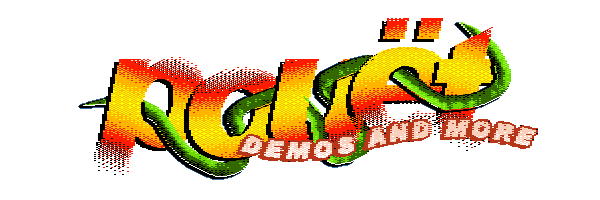New paper: visual stimulation with checkerboards could aid brain homeostasis
category: general [glöplog]
I hope someone in the scene is inspired to do something related to this recent medical paper, which suggests "intense visual stimulation" (with flickering checkerboards!) can induce cerebrospinal fluid flow, which would have potential use in neurological conditions. This is quite preliminary, but could certain old demos help with some neurological illnesses or could a new demo be made for this explicit purpose? https://journals.plos.org/plosbiology/article?id=10.1371/journal.pbio.3002035
It is well-known that some graphic effects can induce epileptic seizures in some individuals and this seems to be related. I still have to read the paper thoroughly. At the moment I'm not sure which medical conditions would profit from inducing cerebral fluid flow. I fear that these visual stimuli might have negative effects on the watcher's health.
Well why don't you try?
i may be a bit biased but i think variform2 works wonders as a complete sensory marvel both visually as audible. it will make all your cerebral fluids flow in no time!
I present to you, the Checkerflipper 3000:
https://www.shadertoy.com/view/msVSWV
Go get those juices flowing!
WARNING:
A very small percentage of people may experience epileptic seizures or blackouts when exposed to certain kinds of flashing lights or light patterns. These persons, or even people who have no history of seizures or epilepsy, may experience epileptic symptoms or seizures while playing video games.
If you or any of your relatives has an epileptic condition or has had seizures of any kind, consult your physician before playing any video game.
IMMEDIATELY DISCONTINUE use and consult a physician if you or your child experience any of the following symptoms: dizziness, altered vision, eye or muscle twitching, involuntary movements, loss of awareness, disorientation, or convulsions. Parents should watch for or ask their children about the above symptoms.
You may reduce risk of photosensitive epileptic seizures by taking the following precautions: sit farther from the screen, use a smaller screen, play in a well-lit room, do not play when you are drowsy or fatigued.
https://www.shadertoy.com/view/msVSWV
Go get those juices flowing!
WARNING:
A very small percentage of people may experience epileptic seizures or blackouts when exposed to certain kinds of flashing lights or light patterns. These persons, or even people who have no history of seizures or epilepsy, may experience epileptic symptoms or seizures while playing video games.
If you or any of your relatives has an epileptic condition or has had seizures of any kind, consult your physician before playing any video game.
IMMEDIATELY DISCONTINUE use and consult a physician if you or your child experience any of the following symptoms: dizziness, altered vision, eye or muscle twitching, involuntary movements, loss of awareness, disorientation, or convulsions. Parents should watch for or ask their children about the above symptoms.
You may reduce risk of photosensitive epileptic seizures by taking the following precautions: sit farther from the screen, use a smaller screen, play in a well-lit room, do not play when you are drowsy or fatigued.
It sure does flip checkers
I find your contribution very stimulating LJ, however I am finding that I am not quite reaching my peak cerebrospinal fluid flow as the checkerflipping stops after some seconds due to the timing being clock-based and not frame-based, and there is drift in the relative phase of the flip of your checker and the flip of my GPU. May I suggest the use of iFrame instead of iTime?
Oh and one more thing which triggers my synapses. You tagged the shader with "neuology", which may or may not have been an unintentional typo.
That's the most flipped checkers I've seen for a while. I wonder if you could make a playable checkers game that flipped the sides of the board like this. You'd get these flipped checkers, plus would could actually flip checkers while you play flipped checkers. On a plus side it would also turn your brain around 50 times a second for some good flow.
Joking aside, it would be nice if something simple like this could help people with some conditions. But i doubt it.
Joking aside, it would be nice if something simple like this could help people with some conditions. But i doubt it.
Fizzer: If I were to use iFrame I'd have to know your displays refresh rate to accurately flip my checkers, from crossreading the paper the actual frequency doesn't matter too much though:
The paper further seems to use either fixed or dynamic stimulation intervals (see stimuli experiment methods):
The shader defaults to 8s blocks (ON / OFF), so yea it stops after 8s then continues after another 8s and so on. Sadly from crossreading I couldn't determine whether the radial pattern had any advantage over the rectilinear variant which is also used in VEP(visual evoked potential) tests commonly used to determine optic nerve conductivity.
Quote:
We found that stimulus duration—but not flicker frequency—was positively correlated with CSF flow
The paper further seems to use either fixed or dynamic stimulation intervals (see stimuli experiment methods):
Quote:
Each run lasted 254 s, with fixed 16 s ON and 16 s OFF periods [...]The ON block duration for the fixed duration condition was 16 s. The ON block durations for the variable duration condition were 0.167, 0.5, 1, 2, or 4 s
The shader defaults to 8s blocks (ON / OFF), so yea it stops after 8s then continues after another 8s and so on. Sadly from crossreading I couldn't determine whether the radial pattern had any advantage over the rectilinear variant which is also used in VEP(visual evoked potential) tests commonly used to determine optic nerve conductivity.
Oh I see, it's indeed a feature and not a bug after all. Very well.
As for the main topic of the thread, I have a few thoughts though I know next to nothing about the subject really.
I seem to recall reading somewhere that there are shortcuts in the nervous system which allow muscles to respond to signals faster than if the signal had to be processed by the brain. I guess this would be a result of selective pressure to have quicker reflexes. I've always wondered exactly how this works in the case of visual stimuli. A very basic example would be pupil contraction in response to bright light, which I think would be considered a reflex too and would have evolved very early on. There are other ways that certain images and motions processed by the human visual system seem to cause 'reflexed' to occur too.
Is this the same kind of physiological effect as the increased CSF flow as talked about in the paper? I wonder how such an effect could be explained from an evolutionary perspective.
I seem to recall reading somewhere that there are shortcuts in the nervous system which allow muscles to respond to signals faster than if the signal had to be processed by the brain. I guess this would be a result of selective pressure to have quicker reflexes. I've always wondered exactly how this works in the case of visual stimuli. A very basic example would be pupil contraction in response to bright light, which I think would be considered a reflex too and would have evolved very early on. There are other ways that certain images and motions processed by the human visual system seem to cause 'reflexed' to occur too.
Is this the same kind of physiological effect as the increased CSF flow as talked about in the paper? I wonder how such an effect could be explained from an evolutionary perspective.
@fizzer:
On the evolutionary perspective, my first thought is that high contrast visual stim like checkerboards don't really occur in the natural world, so this effect feels like it could be a weird consequence of some other biological mechanism than something directly evolved.
Or maybe, the mechanism reflects a "learned" response associated with circumstances in which there is high contrast visual stim (... reading?), which is being triggered here (see also: where high contrast patterns used in e.g. facial recognition paradigms).
Or maybe, I'm totally overlooking the survival advantage of perceiving naturally occurring checkerboards and this is all well wrong. Gotta love evo psych!
On the evolutionary perspective, my first thought is that high contrast visual stim like checkerboards don't really occur in the natural world, so this effect feels like it could be a weird consequence of some other biological mechanism than something directly evolved.
Or maybe, the mechanism reflects a "learned" response associated with circumstances in which there is high contrast visual stim (... reading?), which is being triggered here (see also: where high contrast patterns used in e.g. facial recognition paradigms).
Or maybe, I'm totally overlooking the survival advantage of perceiving naturally occurring checkerboards and this is all well wrong. Gotta love evo psych!
This paper (German) suggests that the cerebral blood flow is increased when an epileptic seizure occurs.
Adok: it does, but that's not necessarily related to CSF flow, also I'd say it's rather unlikely that perfusion actually triggers seizures since i.e. exercise is not a known trigger. While there's no clear etiology of epilepsy I think it's pretty clear that flickering images alone are not causing it but only triggering it. Again high frequency flipping checkerboards are used routinely in neurological checkups to diagnose lesions along the optic nerve. I think your fear of this potentially being harmful to the (non epileptic) viewers health is irrational.
I did not say that increased cerebral blood flow causes epileptic seizures, but that it is a symptom of it. It is likely that some animations cause increased cerebral blood flow in all (healthy and nonhealthy) individuals and trigger epileptic seizures in these who are prone to them.
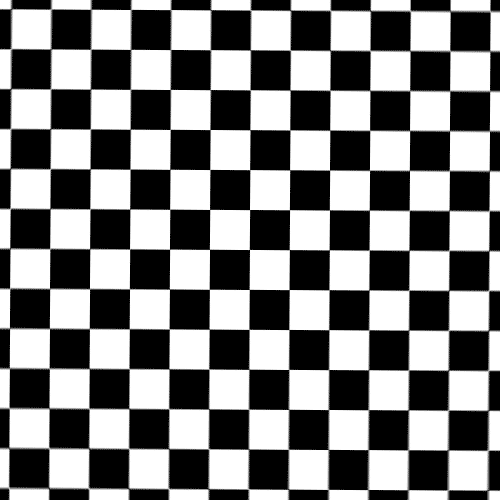
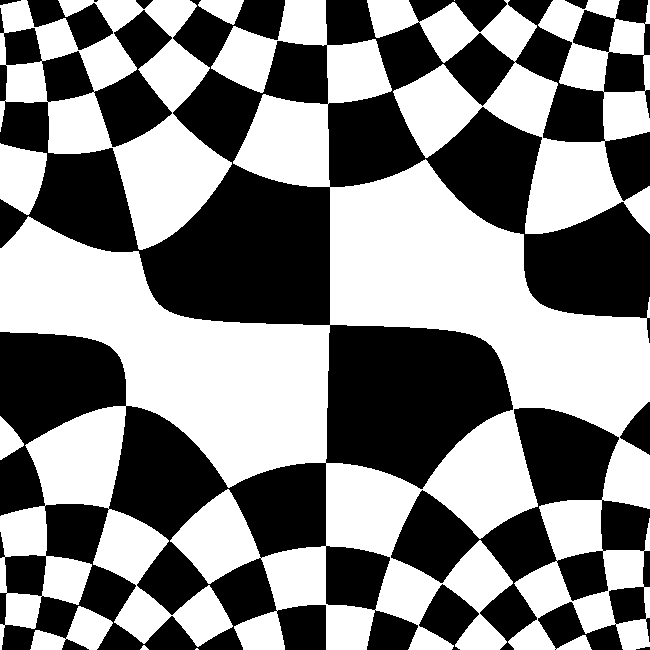
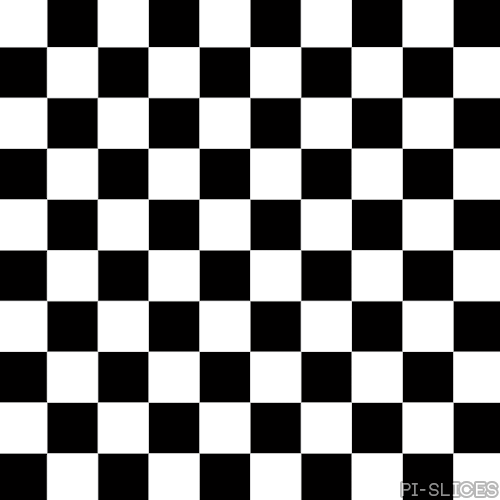
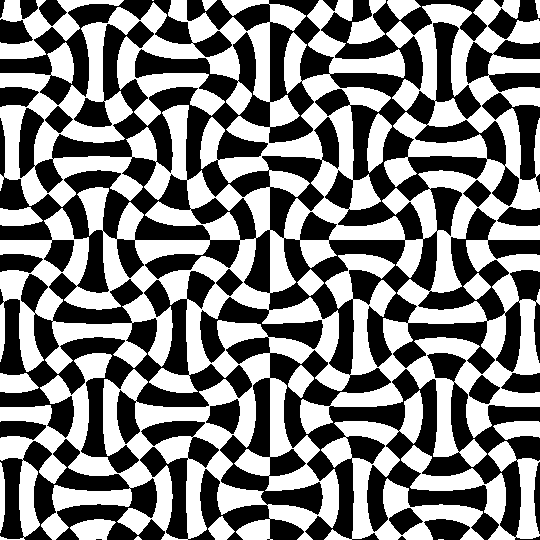
Thank you for these checkerboards : simply by staring at them, I now have 5 gallons worth of cerebrospinal fluid. More than enough to last until summer. Honestly, I was afraid this year was going to be a little tight, CSF-wise, but you guys provided. This is the kind of positive attitude the Scene has been known for, and I'll always appreciate that.
You're welcome. This is now an animated gif thread.

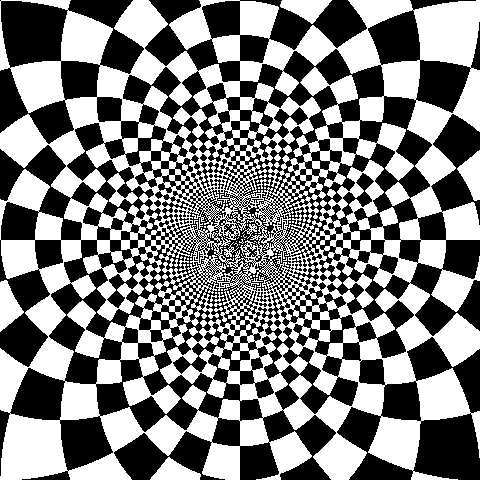


Some CSF just spurted out of my ear
Where’s the chrome balls
